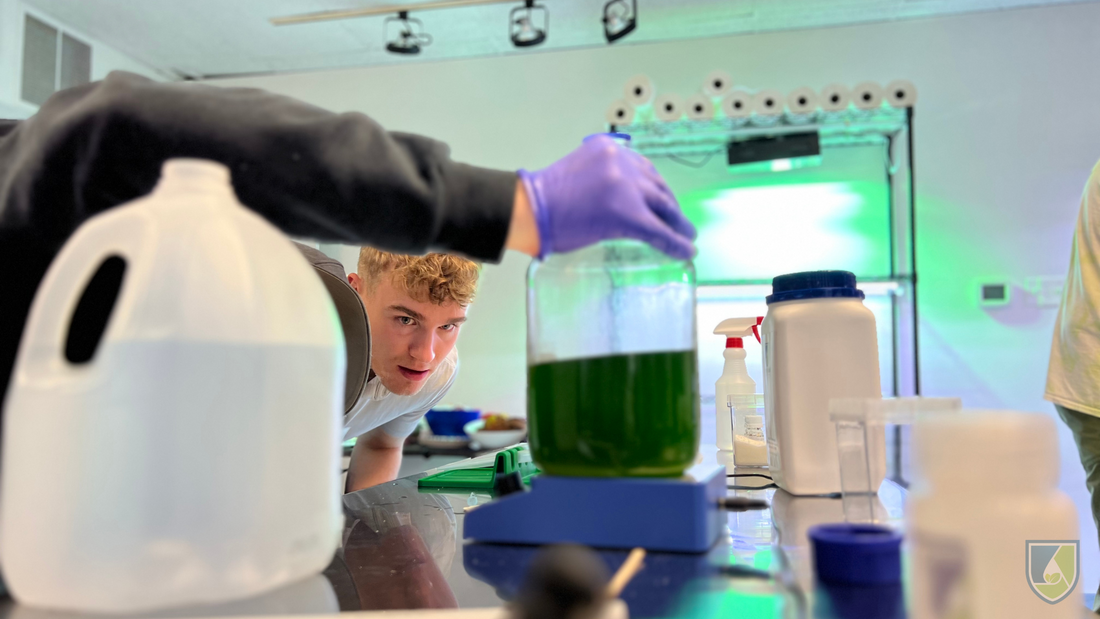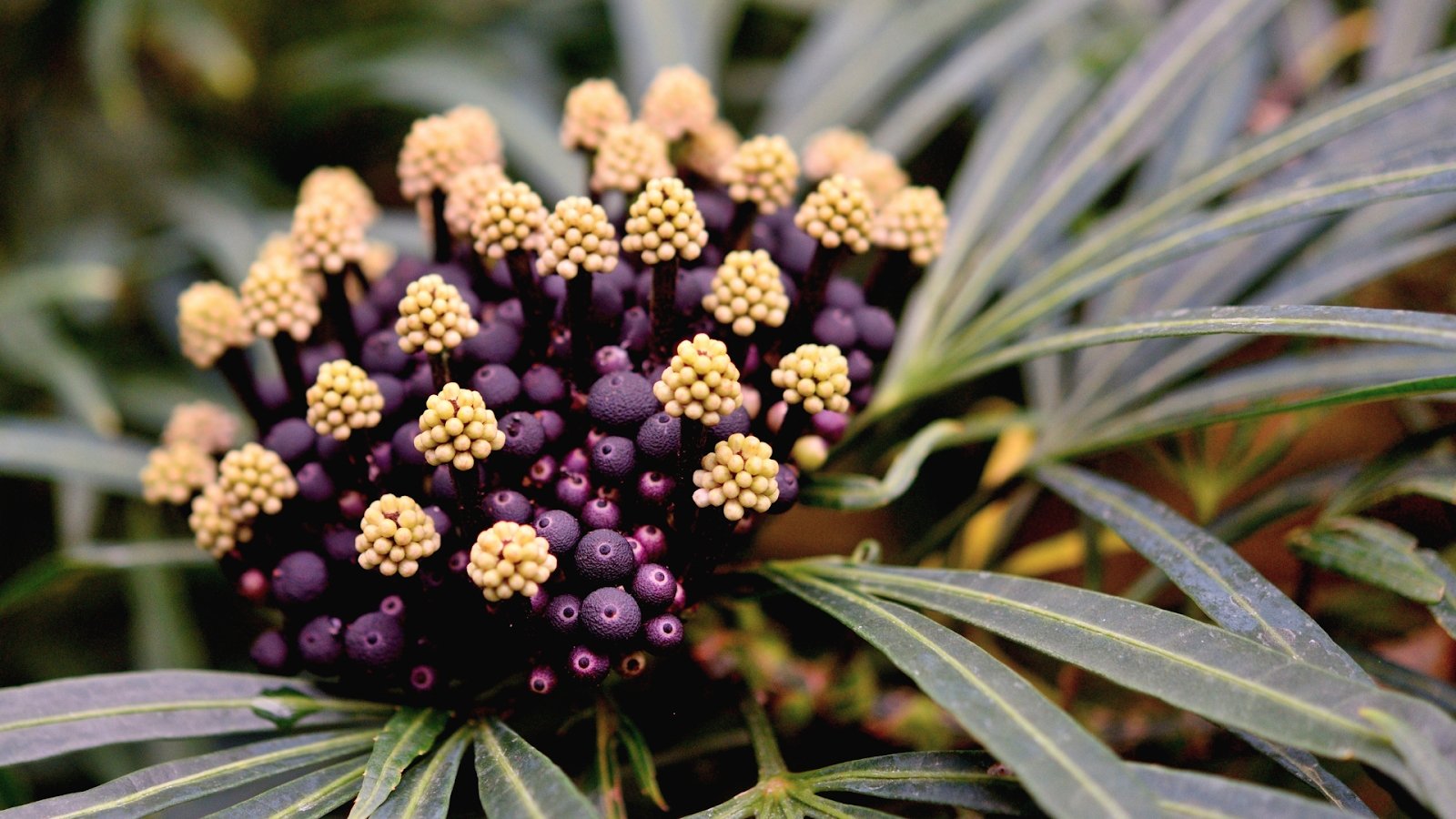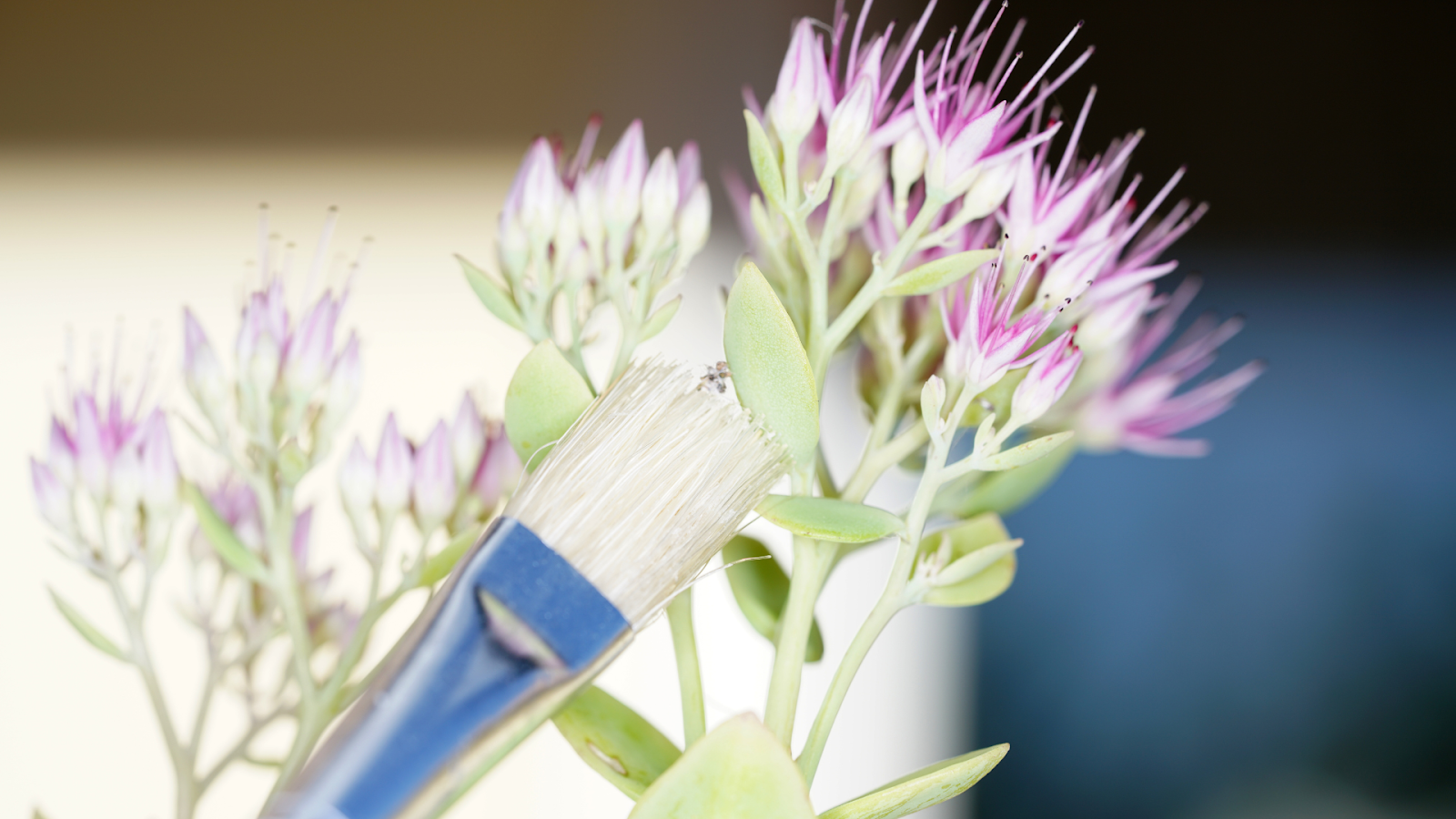
Challenges You Face in Growing Rare Plants and Their Solution!

Introduction
Biodiversity, especially endangered and rare plant species are imperative to the environment and economic development. In addition to contributing to food security, construction materials, and medicine, their survival is crucial to the maintenance of the genetic resources of domestic plants and animals. These rare and unusual plants also add an exciting dimension to our home garden.
Rare plants are different from those non-native and exotic plants.
Rare plants are those that are endangered and rarely found anywhere. Whereas, non-native or exotic plants are defined as species not native to the area in which they have been introduced. And, native plants are those that are related to regional insects and other organisms in terms of their evolutionary history.
Some of the known rare plants are Anthurium crystallinum, Philodendron whipple way, Philodendron patriciae, velvet leaf anthurium, Monstera pinnatipartite, and variegated versions (think white marbling and green patches).

We must act urgently to protect and conserve endangered or rare plants. However, before that, we know their requirements to grow and stay healthy.
Some of the rare plants are also sold commercially by different growers. However, they are mostly grown in hot spots like the state of Florida, thus, come with a hefty price tag. For example, the Philodendron whipple way is available in four figures on Etsy
In this article, we cover how plants become endangered, the challenges you face in growing these plants using traditional ways, and an effective solution to conserve these plant species.
How Plants Become Rare and Endangered?
Pollination is the way through which plants breed and multiply their species. So, difficulty in achieving pollination may endanger the plant species. For example, with expanding cities and suburbs, humans have cut down and removed jungles, which interferes with the pollination of some plants and causes some of them to be endangered and extinct.
Further, climate change and global warming are one of the major contributing factors in making a plant endangered. For example, with rivers drying. Water-moving pollen can not move to complete the pollination process to keep the plant species alive.

It should also be noted that the over-exploitation of some plant species for our food, timber, fiber, and other requirements is one of the major factors in the extinction of the plant species and disbalancing biodiversity.
Challenges in Growing Rare Plants
We all are excited to make our gardens more beautiful and unique by adding plants that are rarely found. Here’re some challenges that one faces while growing rare plants using traditional approaches:
- Rare plants are expensive. And, if you try to multiply it using cuttings, it’s a more risky process, because this way you aren’t only damaging your mother plants without any guarantee that your plants will grow.
- To grow rare plants or conserve them, you need a large number of mother plants to meet market demand.
- Plants that grow in unusual microsites or soils may require special attention during cultivation.

- A thorough understanding of the cultivation and plants’ natural history is required to select a suitable place to grow the plant in the nursery and on the grounds.
- Understanding conditions within your nursery and matching plants’ needs to the microsite conditions of light and water within the nursery is required to grow these plants well.
- You also need to understand what is required for the healthy growth of your plants and what factors can limit their reproduction.
- In rare plant management, meticulous record-keeping is essential to maintaining accurate records of provenance and genetic diversity.
Growing rare plants using a traditional technique is expensive to process, which requires huge labor, time, and effort involved for the conservation of these plants. Also,
What Can You Do to Conserve Plants

Here’re some steps to follow to conserve rare plant species:
- Develop Plant Sanctuaries: By installing mason bee hotels and seed mixes for pollinators, plant sanctuaries help grow endangered plant species, support local pollination, and maintain plant safety. We can also volunteer our gardens to serve the purpose. It’s an effective way to conserve plant species.
- Support Indigenous Lands: Plant protection has been closely linked to indigenous lands for centuries. Compared to state parks, wild reserves, and other government-regulated conservation areas, these lands have successfully protected more species. Indigenous lands must be protected in order to preserve endangered plant species.
- Develop Rooftop City Gardens: Urban rooftop gardens can assist in pollen dispersal by providing access to pollen. They can also facilitate the growth of local endangered plant species when properly maintained. To ensure longevity and reproduction, they must have access to the right insects and resources.
How does Tissue Culture Help Growers in Meeting Rare Plants Market Demands?

Traditionally, rare or endangered plants are protected through habitat conservation, law enforcement, and off-site (ex situ) conservation, such as seed banks, gene banks, and biological gardens. However, these approaches alone are not sufficient and not as promising when it comes to saving plants on the verge of extinction.
Tissue culture is an effective and advanced approach to conserving plant species and maintaining biodiversity. To enhance its effectiveness multifold, the technique is often combined with the traditional approaches.
The use of tissue culture offers new possibilities for maintaining the biodiversity of plants through efficient ways of collecting, exchanging, multiplying, eradicating pathogens, and conserving them.
The two ways to conserve plants species through tissue culture include:
- Short-term and Medium-term conservation: These are regular methods used in laboratories to increase the time interval between subculturing. It’s done by either modifying the culture medium or environmental conditions.
- Long-term conservation: It includes cryopreservation of plants. In this process, plant materials are stored in liquid nitrogen that has a temperature of -196 ℃.
- Synthetic seed: This is another amazing tissue culture technology used to observe plants. In this process, the somatic embryo is coated in a nutritive coating and stored at 4 ℃. It allows storing plants for 3-12 months.
The tissue culture procedures do not require a large number of mother plants, but only a few tissues of the plants, to grow them at a commercial scale in a short time irrespective of the season. Further, it only requires a small space to store these plants. Compared to traditional approaches, it’s more effective, low maintenance, safe, and cost-efficient.

HOW DOES PLANT CELL TECHNOLOGY HELP YOU TO ACHIEVE YOUR TISSUE CULTURE GOALS?
Plant Cell Technology is helping tissue culturists worldwide by providing unique and world-class products and services that smoothen their process. The PCT Store has MS media, agar, gellan gum, Plant Preservative Mixture (PPM™), culture vessels, Biocoupler™, and masks in its store to facilitate your processes.
And, that’s not it! Plant Cell Technology also offers consultation services to culturists of all sizes that help to get instant solutions to your tissue culture problems.
You can either book a one-on-one consultation call or a physical visit to your lab. We help you at every step of the tissue culture process, ranging from establishing a tissue culture lab to preventing contamination problems or any specific challenges in your process.
Further, in the coming month, we are conducting a range of Master Classes for tissue culture enthusiasts like you. The class offers you the great opportunity to directly learn from the experts in the area, who have 10-30+ years of experience.
So, visit plantcelltechnology.com today and learn more about our products and services and how they help you excel in your tissue culture processes.
Happy Culturing!
Blog Categories
View by Level
Popular Blogs

How Samantha Bridges the Gap Between the Nursery and the Lab
The Introduction Building a tissue culture program from the ground up requires more than just scientific knowledge—it requires the grit...
Read More
Understanding The Synthetic Seed Technology
Introduction Let’s be honest: traditional plant propagation can be a logistical nightmare. If you’re working with recalcitrant species—those stubborn plants...
Read MoreSubscribe to Our Newsletter








Join the conversation
Your email address will not be published. Required fields are marked